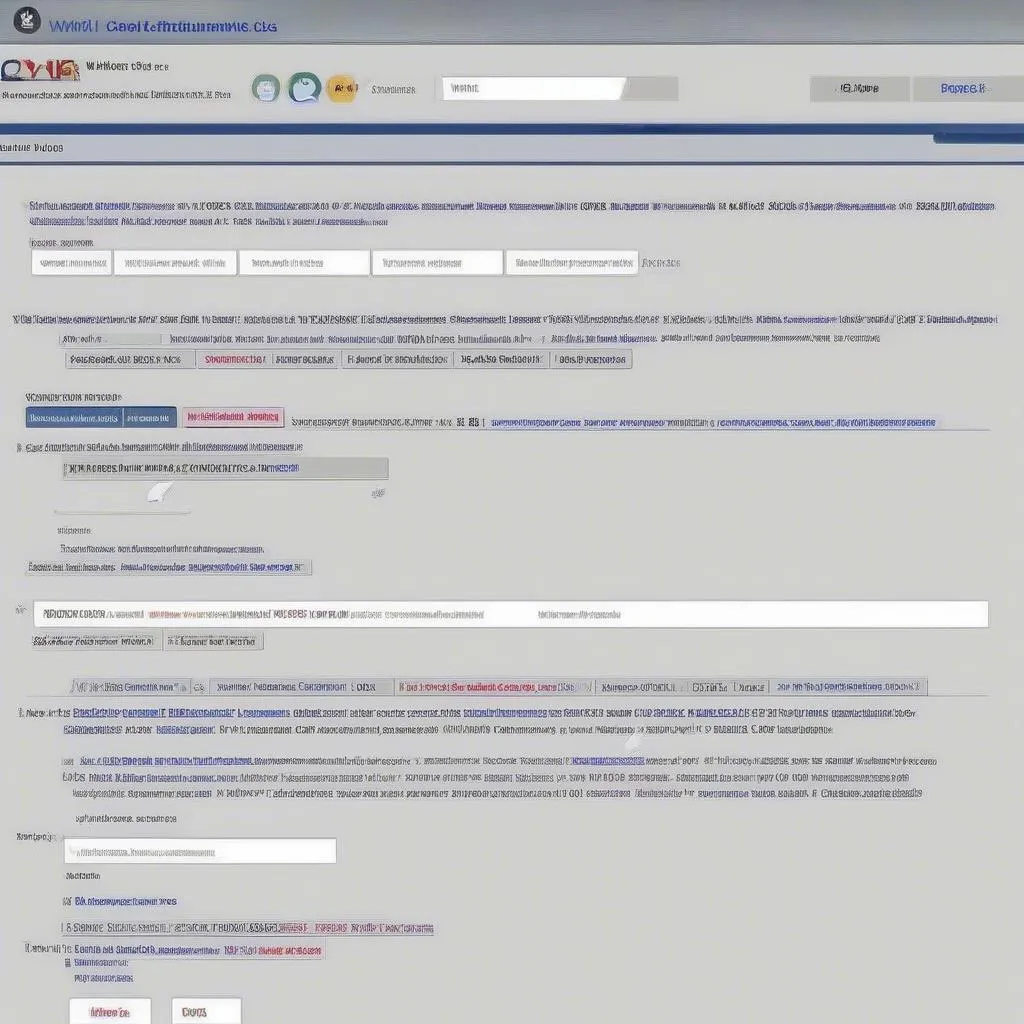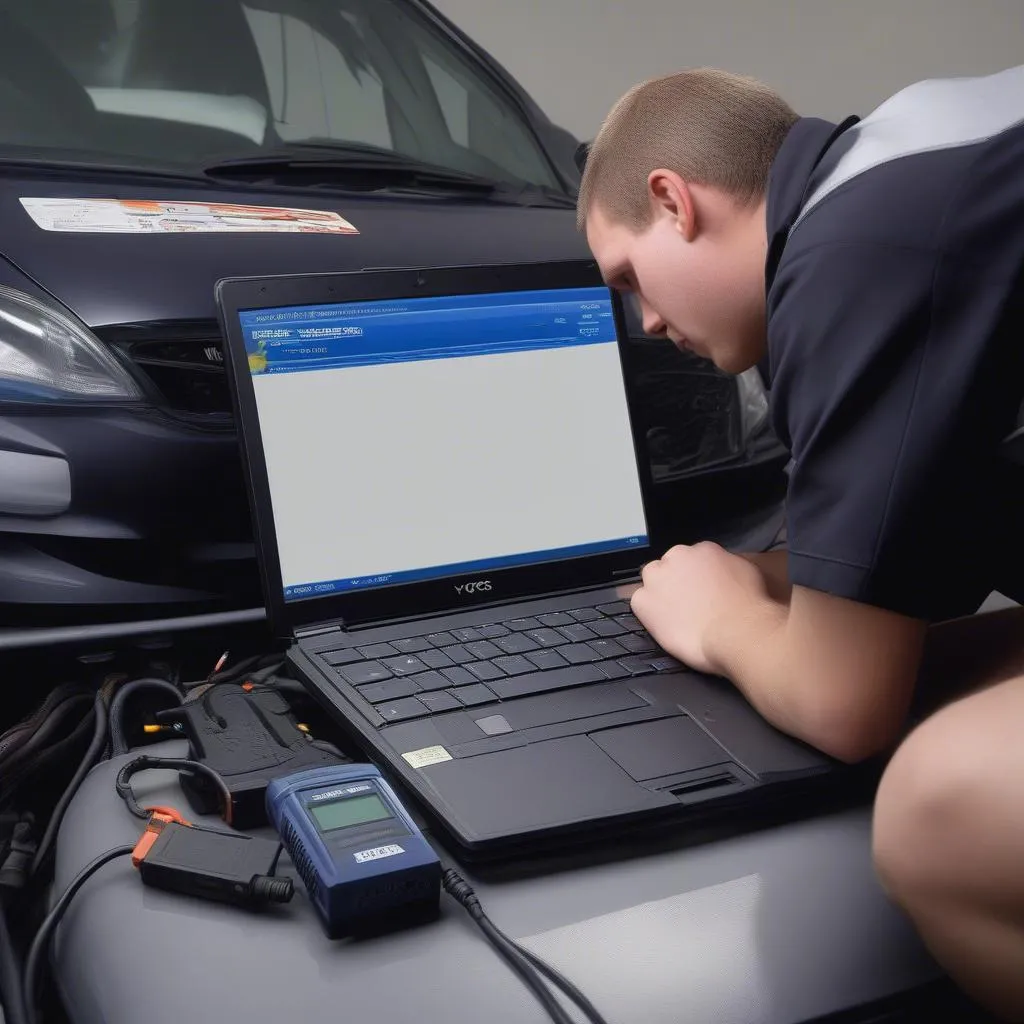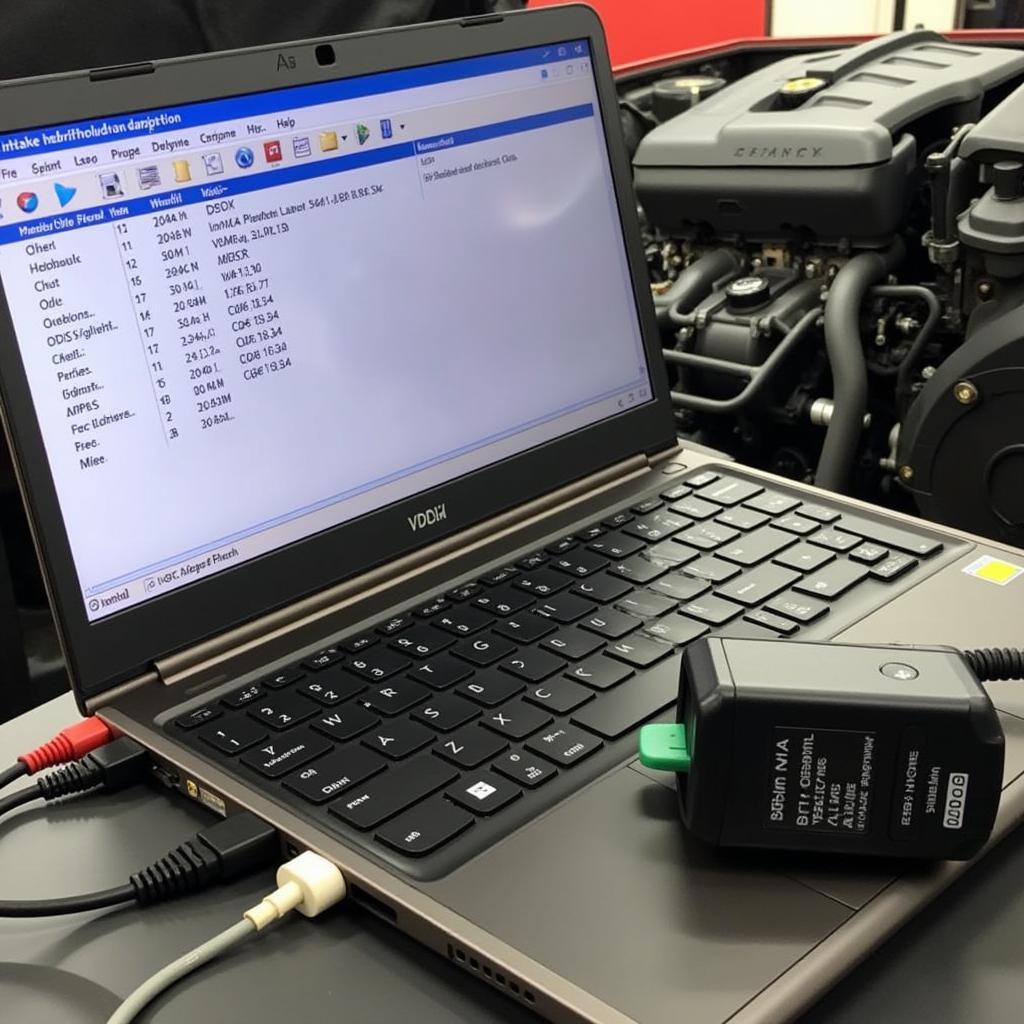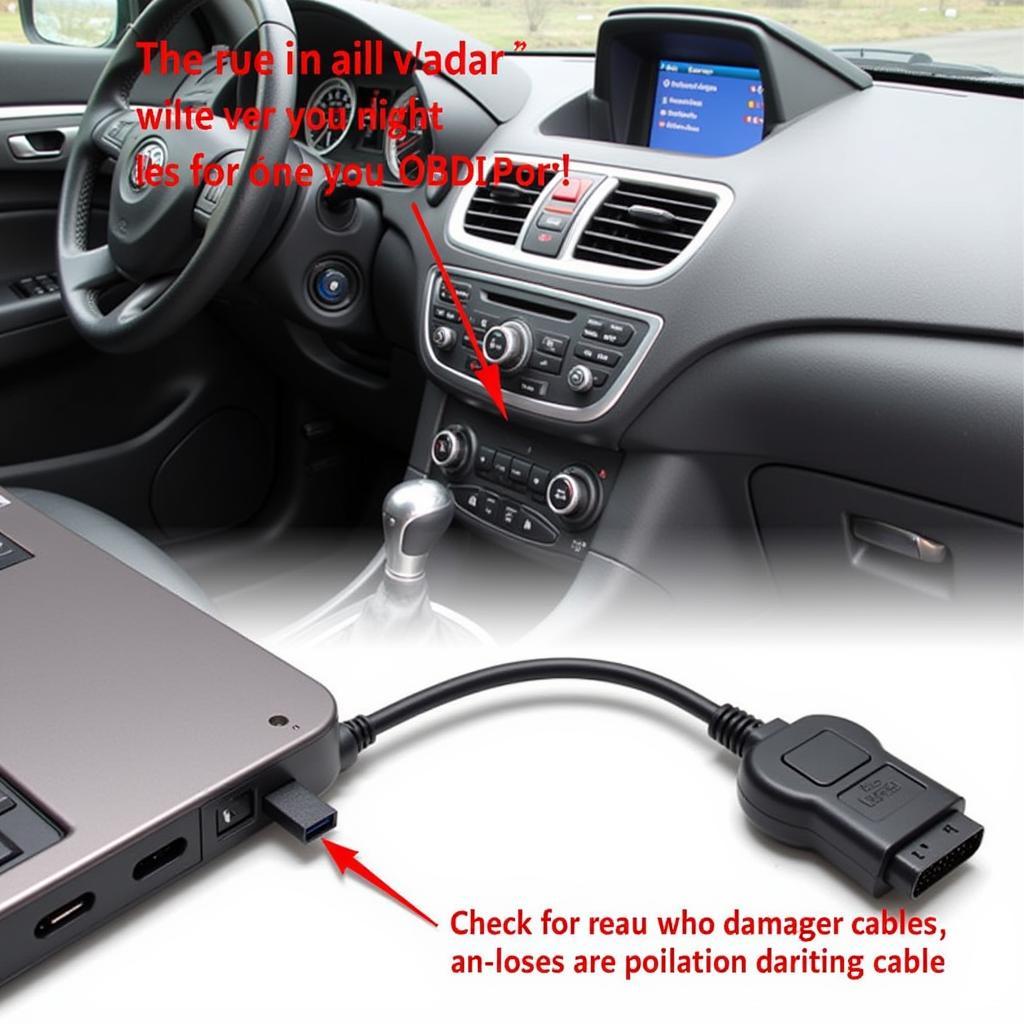As an automotive technician, you know that having the right diagnostic tools can make all the difference. When it comes to Volkswagen Audi Group (VAG) vehicles, the VCDS (formerly VAG-COM) software with a compatible cable is an indispensable tool. At its core is a vast library of VCDS Wiki codes. These codes are the key to unlocking detailed diagnostic information, allowing you to pinpoint and address issues with greater accuracy. This article delves into the world of VCDS Wiki codes, providing a comprehensive guide for understanding and using them effectively.
What are VCDS Wiki Codes?
VCDS Wiki codes are standardized alphanumeric identifiers associated with specific vehicle systems, components, and functionalities. Think of them as a secret language your car uses to communicate with the VCDS software. These codes, documented extensively on the Ross-Tech Wiki (Ross-Tech being the developer of VCDS), provide a detailed roadmap of your vehicle’s inner workings.
“Having a reliable source like the Ross-Tech Wiki for VCDS codes is crucial,” says automotive electronics expert, Michael Schmidt, author of “Advanced Automotive Diagnostics.” “It eliminates the guesswork, enabling technicians to approach diagnostics with confidence.”
 VCDS Wiki Codes
VCDS Wiki Codes
Why are VCDS Wiki Codes Important?
Imagine you’re facing an intermittent electrical gremlin in an Audi A4. Instead of blindly probing various components, VCDS Wiki codes provide a structured approach. By accessing specific control modules, you can read fault codes, analyze live data streams, and even perform output tests. This level of granularity saves you valuable diagnostic time and helps you pinpoint issues that generic OBD-II scanners often miss.
Here’s how VCDS Wiki codes can empower your diagnostics:
- Precise Fault Code Identification: Go beyond generic OBD-II codes. VCDS Wiki codes pinpoint the root cause within a system, like distinguishing between a faulty sensor and a wiring issue.
- Access to Hidden Features: Unlock hidden features within your VAG vehicle. This could include anything from adjusting the number of comfort blink cycles to enabling battery management for aftermarket upgrades.
- Live Data Analysis: Monitor real-time sensor readings, such as boost pressure, coolant temperature, or fuel trims, to assess system performance and identify anomalies.
- Component Activation: Engage specific components, like activating the ABS pump or cycling an injector, to confirm functionality or aid in troubleshooting.
 VAG Vehicle Diagnostics
VAG Vehicle Diagnostics
How to Use VCDS Wiki Codes?
Using VCDS Wiki codes effectively requires the following steps:
- Identify Your Vehicle: Have your VIN (Vehicle Identification Number) ready, as it helps determine the exact control modules present in your vehicle.
- Consult the Ross-Tech Wiki: Navigate to the Ross-Tech Wiki website and locate your specific vehicle model and year. This is where you’ll find the treasure trove of VCDS Wiki codes relevant to your car.
- Locate the Relevant Control Module: VCDS organizes functions by control modules. For example, if you’re diagnosing an airbag issue, you’d look for the “Airbag” or “SRS” control module.
- Interpret the Code Structure: Each VCDS Wiki code often follows a structure like “01 – Engine,” where “01” refers to the control module number. Familiarize yourself with this structure for efficient navigation.
- Connect and Scan: Connect your VCDS interface to your vehicle’s OBD-II port and launch the VCDS software. Select the appropriate control module from the list.
- Input the Code: Enter the specific VCDS Wiki code you want to access. You can then read fault codes, view live data, perform output tests, or make coding changes as needed.


